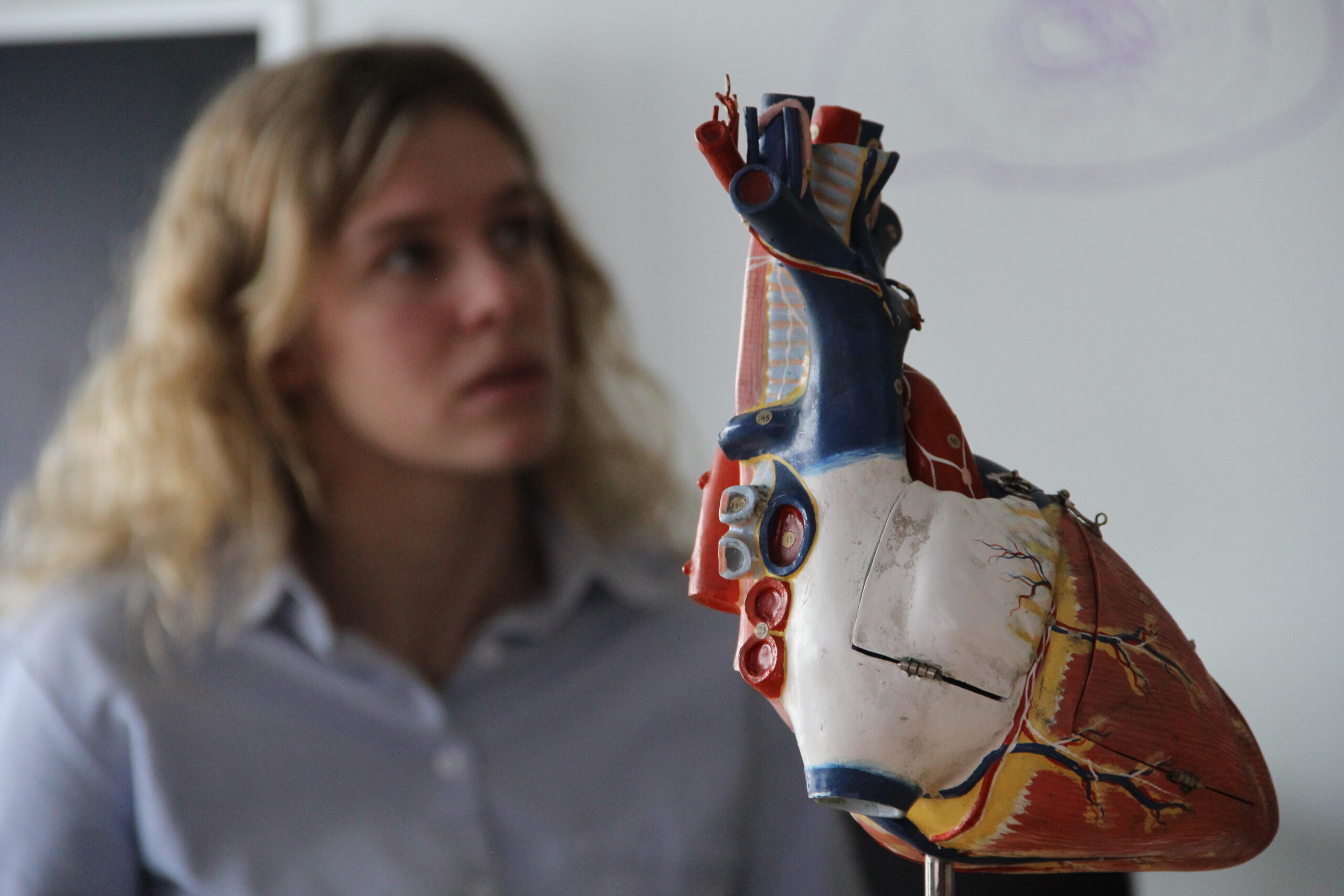Electrocardiographic Imaging
Electrocardiographic imaging (ECGI) is a technique that leverages the mathematical and biophysical relationships between the signals generated by the heart (the bioelectric source) and remote measurements such as those taken from the body surface. By understanding the forward relationship from heart bioelectric signals to torso surface measurements, we can solve for the inverse relationship: estimate bioelectric sources using measurements from the body surface. ECGI has a long history of development and application in scientific and medical domains. The CEG has a long history of innovations and contributions in this space, including a strong presence in the consortium for electrocardiographic imaging (CEI, co-founded by Dr. Rob MacLeod).
Featured publications in this area:
J. Bergquist, Body Surface Potential Mapping: Contemporary Applications and Future Perspectives
A. Busatto, Unexpected Errors in the Electrocardiographic Forward Problem
Cardiac Digital Twins
This is a general description of our projects in this area. Here are some featured publications in this area:
Machine Learning
The electrocardiogram (ECG) is one of the most common diagnostic tools for cardiovascular diseases, thanks to its inexpensive and noninvasive nature. As large datasets of detailed ECG recordings become available, machine learning (ML) tools can be utilized for ECG analysis and lead to advancements in diagnosis, even detecting diseases and patient characteristics that are not detectable in traditional ECG interpretation. At the CEG, we have developed machine learning approaches to evaluating left ventricular ejection fraction, cardiac fibrosis, and myocardial ischemia severity.
Uncertainty Quantification
This is a general description of our projects in this area. Here are some featured publications in this area:
Disease Mechanisms
Ventricular Tachycardia
Ventricular tachycardia (VT) affects over 300,000 Americans annually and is a leading cause of death. VT is characterized by episodes of rapid activation in the ventricular myocardium often caused by reentrant electrical propagation around and within areas of myocardial fibrosis and scar. VT patients have a decreased quality of life and increased risk of complications, including heart failure and sudden cardiac death. Commonly, VT patients are non-responsive to medication and require alternate forms of intervention. Contemporary strategies involve device implantation and/or invasive ablation procedures which are limited in ability to treat the underlying cause of VT. When traditional treatment fails, treatment-refractory VT patients are left with few options. There is a critical need to develop safer, deeper, more effective options of ablation for treatment-refractory VT. At the CEG, we are utilizing computational models to investigate VT pathways and patient-specific treatment options.
Atrial Fibrillation
Atrial fibrillation (AF) is the most common cardiac arrhythmia, currently affecting between 3-5 million people in the US. This is expected to grow to over 12 million by 2030. When left untreated, AF leads to increased risk of stroke, heart failure, and other heart problems. AF is characterized by chaotic electrical signals in the atria (the upper chambers of the heart). These chaotic signals lead to dissynchrony in contraction between the atria and ventricles (lower chambers of the heart). In the CEG, we leverage computational tools and experimental mapping to improve treatment strategies and mechanistic understanding.
Myocardial Ischemia
This is a general description of our projects in this area. Here are some featured publications in this area:

